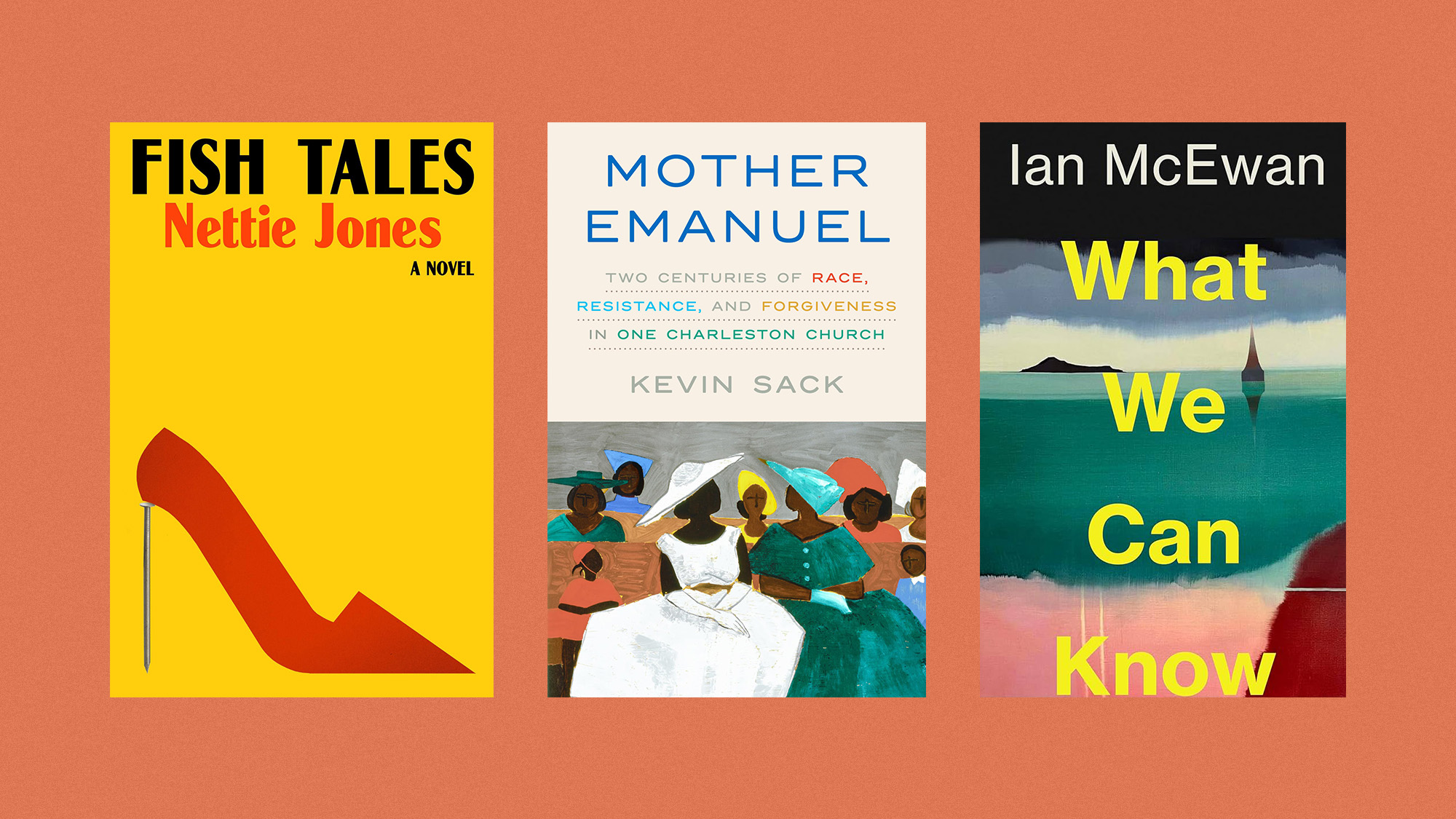Gene therapy: why new technique gives hope to the blind
Researchers partly reverse inherited and previously untreatable eye disease using gene therapy

SCIENTISTS at Oxford University have used gene therapy to improve the vision of six people who would have otherwise gone blind – a breakthrough that could potentially help thousands of people suffering an inherited form of blindness.
Professor Robert MacLaren, the surgeon who led the research, said he was "absolutely delighted" and that his team "could not have asked for a better result". So how does the technique work and who might it be able to help?
What happened in the trial?The six patients who took part in the trial suffered from choroideremia, an inherited cause of blindness that affects around one in 50,000 people. It is caused by a defective gene that fails to make the protein needed to keep cells in the retina healthy. These cells therefore gradually stop working and die. To stop further degeneration of sight, scientists injected a harmless virus into the eye. This was able to carry a correct version of the gene into the retina. The process cannot replace dead cells, but Prof MacLaren believes that it can help heal 'sick' cells and protect healthy cells.
The Week
Escape your echo chamber. Get the facts behind the news, plus analysis from multiple perspectives.

Sign up for The Week's Free Newsletters
From our morning news briefing to a weekly Good News Newsletter, get the best of The Week delivered directly to your inbox.
From our morning news briefing to a weekly Good News Newsletter, get the best of The Week delivered directly to your inbox.
What was the outcome?Patients showed improved vision in dim light and two of the six were able to read additional lines on the eye test chart, reports Optometry Today. One patient, Jonathan Wyatt, who was only just able to see when he had the operation at the age of 63, found that the operation on his left eye not only stabilised his sight but also improved it. "Now when I watch a football match on the TV, if I look at the screen with my left eye alone, it is as if someone has switched on the floodlights," he said. Another patient, Wayne Thomson, had been resigned to the fact that he would not be able to see his nine-year-old daughter grow up. After the operation he told the BBC he now hopes to see her and his future grandchildren grow.
What happens next?If the improvements seen in the patients continue, the aim will be to offer the treatment to younger choroideremia patients to prevent them from losing their sight. "We're not talking about treatment that needs to be repeated, we're talking about a single one off replacement of the gene," said MacLaren. "If we were able to treat people early, get them in their teens or late childhood, we'd be getting the virus in before their vision is lost. If the treatment works, we would be able to prevent them from going blind."
Is the technique limited to choroideremia?The researchers believe that the treatment could in time be used to treat other genetic forms of blindness, including age-related macular degeneration, which causes deterioration in the vision of one in four people over the age of 75. "The mechanisms of choroideremia and what we are trying to do with the treatment would broadly be applicable to more common causes of blindness," the professor explained.
A free daily email with the biggest news stories of the day – and the best features from TheWeek.com
-
 ‘Lumpy skin’ protests intensify across France as farmers fight cull
‘Lumpy skin’ protests intensify across France as farmers fight cullIN THE SPOTLIGHT A bovine outbreak coupled with ongoing governmental frustrations is causing major problems for French civil society
-
 The best books of 2025
The best books of 2025The Week Recommends A deep dive into the site of a mass shooting, a new release from the author of ‘Atonement’ and more
-
 Inside Minnesota’s extensive fraud schemes
Inside Minnesota’s extensive fraud schemesThe Explainer The fraud allegedly goes back to the Covid-19 pandemic
